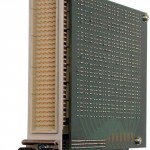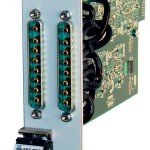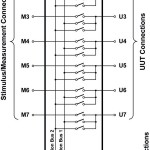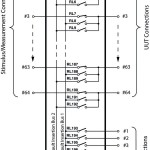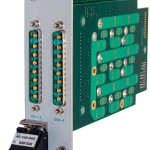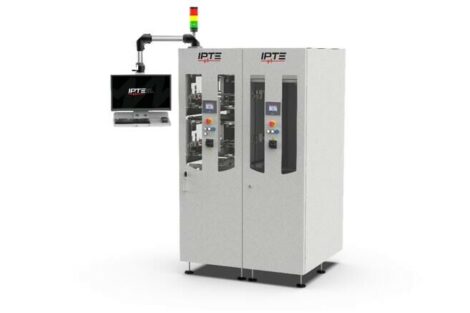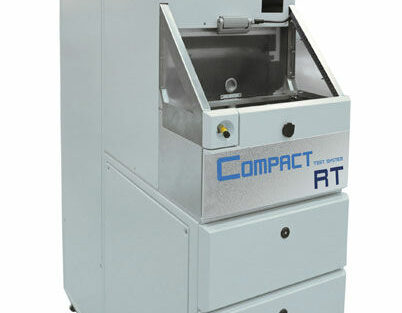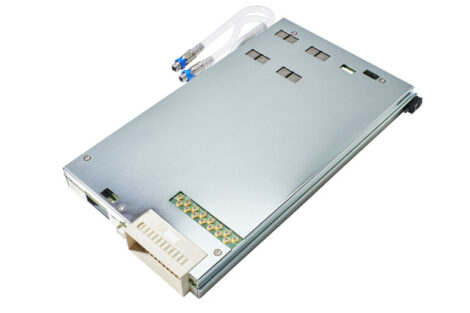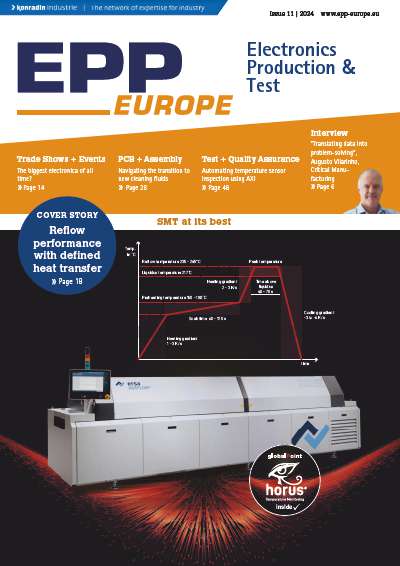Today’s Automotive and Aerospace industries are using a large number of Electronic Control Units (ECUs) in their products, and the need to validate the behaviour of these ECUs is becoming increasingly important, especially when they are used in safety critical applications. Development of a sophisticated ECU requires the unit to be rigorously tested, not only in a normal operating environment but also to discover how the unit performs when things go wrong. The purpose of Fault Insertion Simulation is to establish solid performance predictions while using several real-world conditioning parameters, ultimately ensuring the safety of driver/pilot and passengers.
One area that this technique is mandatory is in the design and validation of a Full Authority Digital Electronic Controller (FADEC) for a jet aircraft engine. The FADEC is effectively a jet engine’s brain, controlling all aspects of an aircraft’s engine performance while providing complete redundancy for safety critical reliability. Understandably there are stringent government regulations concerning the testing of FADEC modules for commercial aircraft, requiring safe or controlled operation under a wide range of fault conditions.
An example of where fault insertion is currently used in the automotive industry is part of the overall testing of Powertrain Control Modules (PCMs). The PCM is one of the most complex electronic control units in the modern vehicle, requiring a rigorous and thorough testing of its functionality. The consequences of PCM failure will potentially have greater significance in X-by-Wire applications (a collective term for the addition of electronic systems into a vehicle to enhance and replace tasks that were previously accomplished via mechanical and hydraulic systems such as braking or steering), placing increased importance upon these test methods.
“Fault insertion testing is an important aspect of ECU validation and the idea of testing for system failures is not new,” says Michael Crespin, Commercial Director Pickering Interfaces France. Traditional test methods often involve the manual connection of cables to a patch panel, which is far from ideal and can work out to be very expensive. Not only is this method of testing prone to human error, it is also very time consuming. Specifically targeting ECU validation, the new Pickering Interfaces’ Fault Insertion switch modules enable a far more automated and repeatable testing approach for these fault simulation scenarios. Generally, when performing Fault Insertion Applications, three types of fault conditions between the test fixture and the equipment under test are simulated:
- Open-Circuit
- Short-Circuit between UUT connections
- Short-Circuit to other fault conditions such as POW/IGN/GND via Fault Insertion Bus
In order to automate these test requirements, Pickering Interfaces has developed a range of PXI-based Fault Insertion Break-out switch modules, scalable solutions which may be used to switch signals between simulations and real-life devices in a multitude of hardware-in-the-loop (HIL) simulation and test systems. HIL testing enables the user to put an ECU through test scenarios identical to those carried out in ‘engine test stand’ testing, with substantial reduction in cost and risk, along with a lower burden on human and mechanical resources.
The Fault Insertion switching solution can help to considerably simplify and accelerate the testing, diagnosis and integration work in HIL applications. Pickering currently has two types of boards for Fault Insertion Simulation that fulfil most of the needs in the Avionics and Automotive market for body and power-train controllers:
- The 40–190 is a 64 channel Fault Simulation board with one or two Fault buses capable of hot switching 2A and 150VDC/100VAC. This module provides a very dense, cost-effective and easy scalable fault insertion solution in a 3U, 1-slot PXI format (figure 1).
- The 40–193 is a 7 channel Fault Simulation board with one or two Fault buses with 20A of hot switching and 16VDC voltage rating. This module occupies 2 PXI slots (figure 2).
Following several early successes in this area, Pickering Interfaces has released two new modules to fulfil customer applications in this area. We can now have Fault Insertion modules for Piezzo sensors and very high power current. The 40–192 and 40–191 (figure 3) provides respectively 6 channels at 10A/200 VDC and 30A/40 VDC on 2 Fault buses and they are based on MOSFET technology. They have the capability to support inrush currents up to 3 to 4 times their nominal ratings for several µs.
Thanks to these modules, car manufacturers can today build HIL (Hardware in the Loop) applications with modular cards that are standard products in the market than proprietary solutions. In this way, every vendor has more chance to be part of the system and integrators are the key players to provide a full solution in any framework due to the availability of drivers in the most known environments.
Programming
Pickering provide kernel and VISA drivers which are compatible with Windows 2000/XP operating systems. The VISA driver is also compatible with Real-Time operating systems such as LabVIEW RT and QNX, which are commonly used in fault insertion simulation. These drivers may be used with a variety of programming environments and applications including National Instruments software (LabVIEW, LabWindows/CVI, MAX, TestStand.), Microsoft Visual Studio software (Visual Basic/Visual C+), Agilent VEE and Mathworks Matlab.
electronica, booth A1.532
EPP Europe 429
Facts and figures
Pickering Interfaces is a global leader in modular switching and is opening new markets by proposing alternatives to existing switching solutions at affordable cost. Many of the existing solutions are proprietary and lock customers in to using special software. With its new family of solutions based on the open PXI standard, a wide range of resources and switching can be easily and cost-effectively integrated into a test system and controlled by any commercial application programming environment.
Zusammenfassung
Die Notwendigkeit, das Verhalten von ECUs (ECU = electronic control unit; Steuergerät) zu validieren, wird immer wichtiger, insbesondere wenn diese in sicherheitsrelevanten Applikationen eingesetzt werden. Die Entwicklung einer anspruchsvollen ECU erfordert es, dass die Einheit streng getestet wird, um zu erfahren, wie die Einheit sich verhält, wenn etwas schief läuft. Das Ziel der Fehlersimulation ist es, zuverlässige Leistungsvorhersagen treffen zu können, indem man verschiedene reale Bedingungsparameter verwendet, um so die Sicherheit zu erhöhen.
De nos jours, les industries Automobiles et Aéronautiques utilisent un nombre très large de calculateurs dans leurs produits, et le besoin de validation de ces derniers devient de plus en plus important. Cette demande est spécialement incontournable lorsqu’il s’agit d’applications de sécurité critique. Le développement de calculateurs sophistiqués requiert que l’unité sous test soit rigoureusement testée et pas seulement dans un environnement opérationnel normal afin de découvrir son comportement quand le déroulement des tâches ne s’exécute pas comme prévu. La Finalité de la Simulation d’Insertion de défauts est d’établir de solides prédictions de performance tout en utilisant des conditions environnementales réelles qui assureront dans le cas extrême la sécurité du conducteur/pilote et passagers.
Diventa sempre più importante validare il comportamento delle ECU, soprattutto se utilizzate in applicazioni importanti per la sicurezza. Lo sviluppo di una ECU sofisticata richiede test rigorosi, non solo in un normale ambiente operativo, ma anche per scoprire come l’unità si comporta in caso di problemi. Lo scopo della simulazione di errore è ottenere delle previsioni di prestazioni affidabili utilizzando diversi parametri di controllo, per una maggiore sicurezza. I moduli presentati supportano i tipi di errore di simulazione più comuni quali interruzioni di alimentazione e cortocircuiti di due fonti di errore indipendenti. L’alta velocità di commutazione consente la simulazione di picchi di commutazione.
Share:




